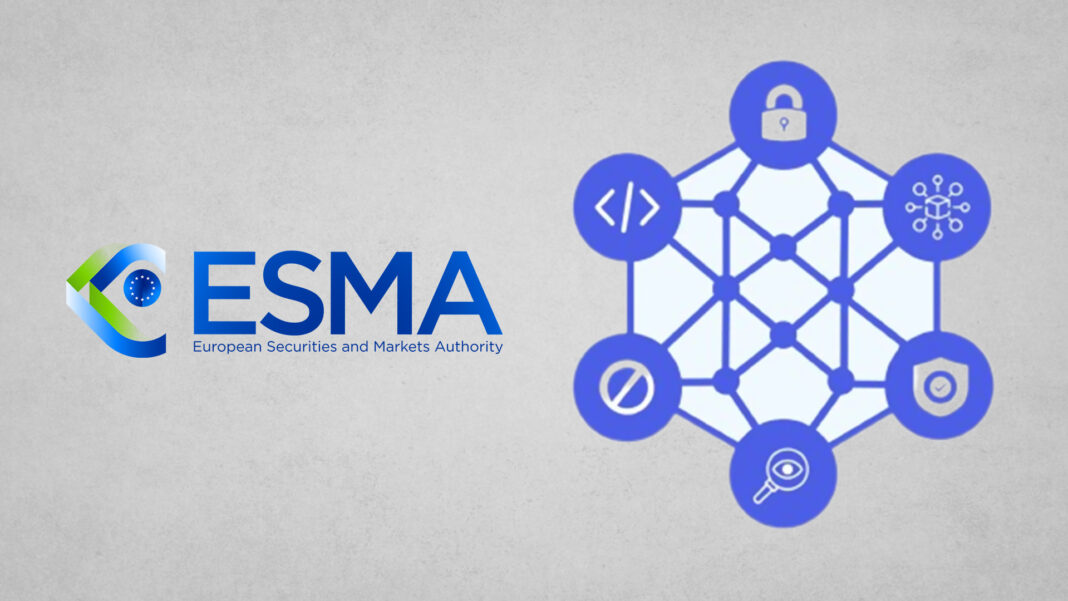- ESMA and MiCA present regulatory nuances in the DeFi landscape.
- The crucial point is that the complexity of interconnected smart contracts demands vigilance.
- This authority brings regulatory challenges and mentions them to the public and stakeholders.
DeFi is a financial technology that is revolutionizing the financial industry. An authority called ESMA keeps checking the regulatory measures of DeFi with the help of MiCA and puts challenges forward. It is playing a very crucial role in the decentralized finance ecosystem. DeFi is essential for the financial industry as it increases transparency, security, privacy, and accessibility.
What Is DeFi?
DeFi (Decentralized Finance) is a financial technology used by cryptocurrencies and based on distributed ledgers. It empowers P2P (peer-to-peer) digital transactions and also eliminates the unnecessary fees that are charged by financial companies and banks for using their services. Secure digital wallets are available where individuals can hold money and transfer funds. Applications of DeFi are dApps that are to run the blockchain and handle transactions. P2P can meet the needs of an individual’s loan.
The growth of the DeFi industry and decentralization are key trends that help to achieve success with projects like Stylized Notes and Fraction. DeFi will see increased adoption with the value of Ethereum in 2023 and the user base will also grow, creating new opportunities for protocols and users.
The advantages of DeFi include transparency, reduced costs, better access to financial services, and potentially higher returns. The disadvantages are regulatory risks, complexity, market volatility, liquidity risks, technical risks, counterparty risks, and operational risks.
ESMA Highlights Intricacies of DeFi
The authorities, such as ESMA (European Securities and Markets Authority), bring forth the regulatory challenges and mention in a released paper that regulators need to understand and monitor the complexity. The MiCA (Markets in Crypto-Assets) Regulations are poised to take effect soon and do not provide direct oversight to DeFi. It emphasizes the intricate web of smart contracts in the DeFi ecosystem.
A singular disruption can ripple across the system and result in unforeseen consequences, with these contracts being interdependent. It leads to fragility, complexity, and potential contagion. The understanding and monitoring of the DeFi dynamic world by stakeholders is also important for market stability, along with regulations. The latest paper released by ESMA delves into the evolving world of finance.
Conclusion
The ESMA (European Securities and Markets Authority) keeps a regulatory eye on the DeFi (Decentralized Finance) landscape and challenges the platforms. This authority monitors complexity through the MiCA (Markets in Crypto-Assets Regulations). It does not directly oversee DeFi but provides regulatory nuances for its improvement and to increase the potential of decentralized finance in the digital world.
The DeFi dynamics are difficult to understand and stakeholders need to understand and monitor the DeFi ecosystem along with the regulation. The latest paper from ESMA, ‘DeFi: A Categorization of Smart Contracts’ delved into the evolving world of finance. Hover, DeFi platforms in the digital age and their smart contracts are heavily revolutionizing the financial sector.




